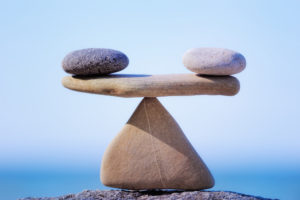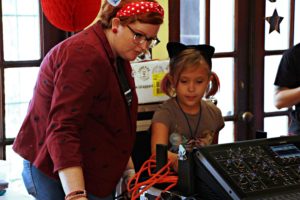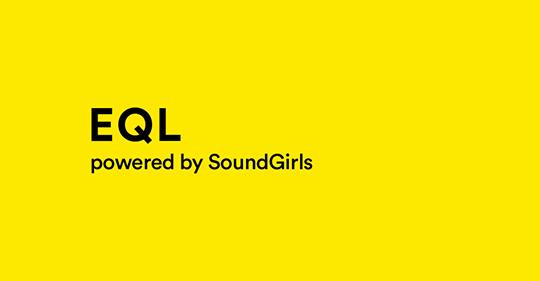
Lost in Translation
Should we be mixing with lo-fi portable devices in mind?
Some say “a great mix is a great mix”, and they’re not wrong. However the question remains a constant source of discussion, amusement and point of frustration between friends and internet strangers alike – should we be mixing with lo-fi portable devices in mind?
It seems a 21st Century problem that isn’t going away anytime soon; we have our portable devices on hand with a connected convenience between us that means we can listen to our peers’ newest song or latest mix in seconds. Is it any wonder that we surreptitiously count the “real” ceremonial listening sessions as drastically less frequent events compared with our habits of multitasking and listening on the go?
Considering most listeners and consumers listen to music on portable devices and speakers the majority of the time, should it at least be considered as a factor when mixing? Perhaps the better question is can we maneuver this current technological phase by using our phones as a reference point for how the mix translates on small mono speakers, helping us to reach that holy grail of a great mix in all forms.
 Our phones are limited in their frequency range, with most having a distinct lack of highs and lows. We lose most of what’s going on below approximately 500 Hz and above 6 kHz in translation. To use our phones as our small mono reference speaker means balancing in ways that enhance the absent lows and highs with our busy mids, but that does not then overpower on better speakers.
Our phones are limited in their frequency range, with most having a distinct lack of highs and lows. We lose most of what’s going on below approximately 500 Hz and above 6 kHz in translation. To use our phones as our small mono reference speaker means balancing in ways that enhance the absent lows and highs with our busy mids, but that does not then overpower on better speakers.
One of the most universally agreed methods, to begin with, is the appropriate use of harmonic distortion, utilising the full range of naturally occurring harmonics, notably of the kick drum and bass which are often the first casualties of the mix. On the flip side of this, keeping the upper end in check from overcrowding of high frequencies from other instruments sitting in that upper range provides a much clearer and more even spread.
While mixing in mono is preferential to some, checking mono compatibility is a must. Phasing issues between left and right can mean even more loss of sound in a mix, so getting width and balance in mono is good practice. Checking compatibility audibly by doing an A/B of mono versus stereo via the DAW output is one relatively painless way, and there are several visual tools available on the market that can analyse the signal for us, helping to spot anything our ears may miss.
Without diving down the rabbit hole that is ‘compression,’ it is worth remembering the brief philosophy of “less is more,” which is possibly truer here than for any other technique or effect! Running the mix through a high pass filter from the low midrange is also regarded as a useful check for clarity in the mix, and can only help when taking into account the issues of translation. While these points are by no means extensive, they can go some way to helping our mixes sound better, and easily alleviate some of the loss encountered on most lo-fi devices.
While there have always been lo-fi speakers in days gone by, it does seem to have become more of an everyday consideration with modern solutions available – mastering software such as iZotope Ozone now incorporate a phone speaker pre-set on their output referencing features. Though the convenience of listening on our devices hasn’t run its course just yet, it doesn’t have to be a source of struggle and deliberation in the mixing and mastering process





